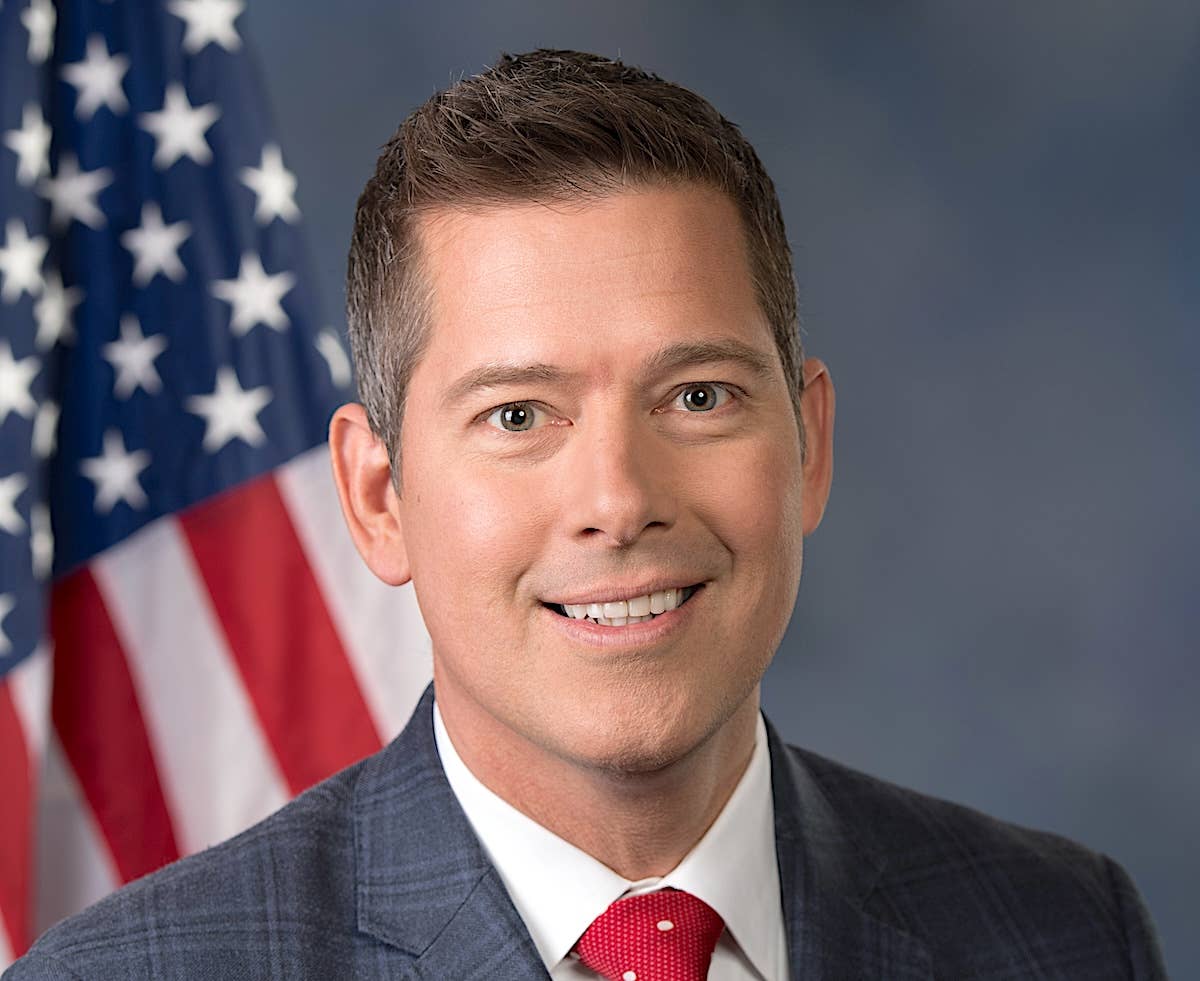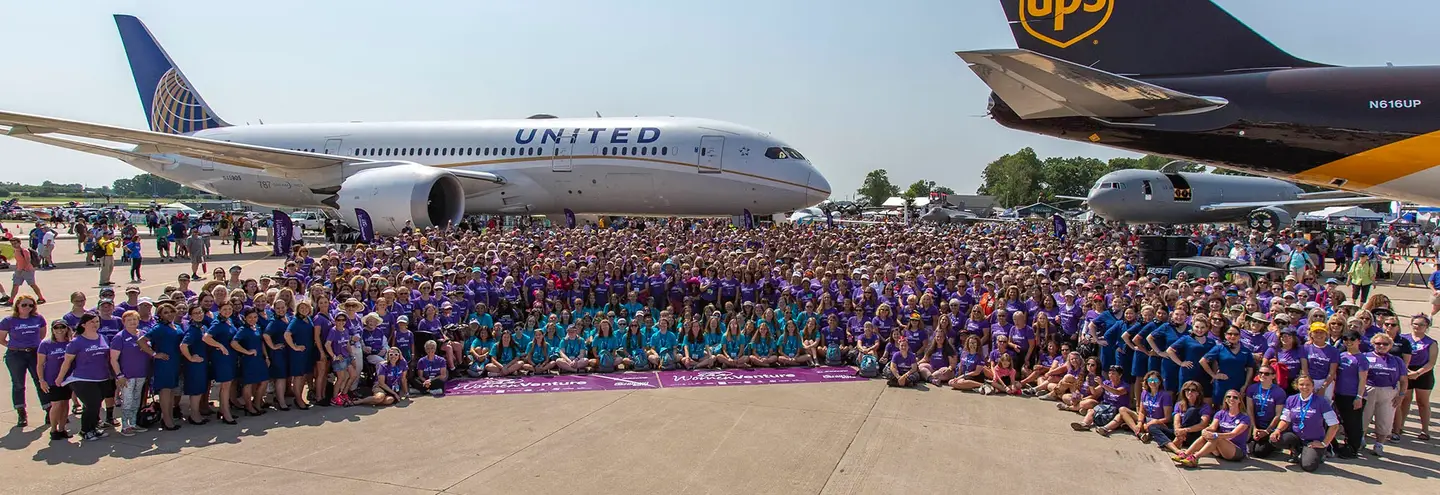Unleaded Fuel Process Needs A Reboot (Revised)
The fuel replacement process needs leadership and direction from you-know-who.

So, after a blissfully uneventful week in fuel news here is where we're at.
The only candidate trying to develop an alternative to 100LL that's following the clearly preferred method of obtaining approval says it's impossible to make a "drop-in replacement."
The company that has received an FAA STC approving its high-octane fuel for all spark ignition gasoline aircraft engines and all airplanes that can instantly replace 100LL hasn't been able to sell it in quantity because fuel distributors refuse to carry it.
The third candidate that says its fuel is better than both those hasn't moved the needle on getting the approvals it needs.
All three of them have been accused of lying about the others to the point where consensus on anything will be next to impossible (there's that word again).
And the whole process seems to be under the control of a few specialized trucking companies, who appear, at this moment anyway, to be in control of whether any of the fuels eventually get to market.
I guess the big question is where we go from here.
There are those who favor blowing up the whole process and starting over and I admit some sympathy for that cause. From the start there have been allegations of bias and even corruption at work from all corners and the lofty goals of the Piston Aviation Fuels Initiative (PAFI) and End Aviation Gasoline Lead Emissions (EAGLE) to have this Coca Cola moment and work together in harmony to clean up piston aviation has devolved into name-calling and backstabbing.
We have a detailed argument listing the wrongs that have been perpetrated and suggesting that the FAA clean house at EAGLE to eliminate anyone who might have a conflict of interest. Since that would effectively require the resignation or firing of virtually everyone there, it seems impractical. The fallout from that nuclear option would inevitably infect any new process that hoped to reach consensus on, well, how to reach consensus.
And I guess that's why it's probably the inevitable and most efficient route to a new fuel. Democracy, free speech and free enterprise be damned. Someone needs to take charge here and that is the FAA. The agency needs to take responsibility for the process of approving the new fuel. Kumbaya, baby.
As it stands there are three different evaluation processes for three different fuels.
General Aviation Modifications Inc's G100UL has been approved by the FAA through the supplemental type certificate process and is theoretically ready to use in any gasoline engine in any aircraft except helicopters. The STC is problematic in that it requires aircraft operators using the fuel to purchase the STC. GAMI is also declining to pursue a fuel specification through an industry consensus process, such as ASTM. It doesn't trust ASTM and notes that the FAA made a specific determination that the certification meets or exceeds the testing standards for ASTM. And that's where the trucking companies enter the picture. They won't touch a fuel that doesn't have an ASTM spec and it would appear there's nothing anyone can do about that, at least not now.
It's not clear exactly why the fuel distributors are blocking sale of G100UL. All of their arguments about compatibility, liability and insurance availability have seemingly been answered and the FAA is unequivocal in its evaluation of GAMI's fuel.
The FAA has approved the most recent revision of the G100UL Avgas specification, which is labeled revision -12C9. In that document, there is the following statement:
"The FAA has, in fact, made a determination that this Specification and Standard for a High Octane Unleaded Aviation Gasoline provides not only an equivalent, but, in fact, an enhanced level of quality control of the properties and performance of the aviation gasoline produced under this specification and distributed throughout the supply chain, as compared to the traditional governmental, military, or industry voluntary consensus-based standards (including ASTM) which have previously defined and controlled the production and distribution of aviation gasolines use for spark ignition piston engines,"
The other thing to note is that G100UL has been around for more than a decade. It's been used in the GAMI-owned SR22 for 12 years and run in aircraft ranging from small experimentals to the 2,000-horsepower radials in a Douglas A-26 Invader. LyondellBasell was hoping to make a splash with its UL100E at Oshkosh by sponsoring the fuel for an entrant in the AirVenture Cup Race but that fizzled when the engine blew in the Lancair for reasons unrelated to the fuel.
So far, doubts have been cast about G100UL's overall suitability as a 100LL replacement, but I haven't seen any significant evidence that it won't perform as such. The biggest knock on it is that it relies on some pretty nasty chemicals to achieve the high level of performance it seems to have achieved, but I doubt the other two contestants are any less noxious. Gasoline is a horribly toxic stew of harmful substances and you really should wear rubber gloves when you do your preflight fuel check. There was a brief controversy ignited when the fuel bladder in AOPA's fuel test bed Beech Baron started leaking at AirVenture. The leak was traced to a patch on one of the decades-old bladders and GAMI says it had nothing to do with the fuel.
LyondellBasell is going through the full congressionally mandated PAFI process that will lead to "fleet authorization" and an ASTM specification. This is clearly the method preferred by the board of EAGLE. It ticks all the boxes for evaluation and it would be just so damned convenient. Too bad it doesn't work. The company says there is no way for a fuel that doesn't have lead or manganese in it to boost its base octane level to 104 or more, which it says is required for a true "drop-in replacement." Manganese has been tried as a lead replacement but it clogs up combustion chambers.
LyondellBasell says only about 80% of engines will be able to use unleaded fuel without performance limitations or even mechanical modifications to prevent detonation. The big problem is that the 20% of engines orphaned include the big bore Continental 550 and Lycoming 540 series engines that actually use more than half of the avgas burned in the U.S. LyondellBasell says those issues can be addressed mostly through paper modifications, but there will be performance and fuel consumption compromises. It is not, therefore, the "drop-in" replacement that is the stated goal of both PAFI and EAGLE. LyondellBasell says it's going to continue with the process because it's the only process that can lead to a fuel that can be used by all aircraft.
"The only testing programs specifically designed to identify and address these limitations are the PAFI and EAGLE programs. PAFI testing is the most comprehensive and collaborative testing program designed to date. It was designed by the FAA and OEMs to identify the capabilities and limitations of unleaded fuels that pass its stringent qualification requirements," LyondellBasell spokesman Daniel Pourreau said in an email statement to AVweb. "To date, UL100E is the only unleaded fuel to have passed the high hurdle of PAFI qualification testing and to enter the full-scale testing phase. Full-scale testing includes compatibility testing on over 160 materials, 10 engines, and 9 aircraft. In the STC process, fuel developers define the testing protocols, and a local FAA ACO decides if this is adequate for certification, without the benefit of industry input or decades of fuel testing experience.
"Any deficiencies identified in our fuel’s performance vs. 100LL during PAFI testing will be addressed by the OEMs with either 'paper' or 'mechanical' modifications. This will increase the number of aircraft that can safely fly on UL100E. The goal of PAFI/EAGLE remains to identify an unleaded fuel that is safe to fly in all piston aircraft in the GA fleet.
"PAFI provides a mechanism for the FAA and OEMs to address any safety or operational limitations before fleet authorization is granted and the fuel is deployed. The STC process offers no such mechanism, which is why LyondellBasell and VP Racing Fuels remain committed to the PAFI process and working with the FAA and Industry to ‘leave no plane behind' as we transition to unleaded avgas."
Swift Fuels' bid is going through the STC process and ASTM. Swift is particularly adamant that ASTM is an absolute requirement for any successful fuel candidate because it is the standard accepted by the network of distributors that move the fuel to market. Swift hasn't offered much in the way of details on how its testing is going, just that it's going.
There is just zero chance that any kind of consensus will be reached on which of these fuels will be the eventual winner in what has become a confusing and disjointed process that is rife with controversy. There is also zero chance that it won't become mired in legal battles as time goes on, further delaying implementation.
The challenge with that is that this initiative doesn't really have anything fundamentally to do with aviation and the FAA isn't driving the process. Let's not forget that all this came about because of an endangerment finding by the Environmental Protection Agency that will outlaw lead in aviation fuel. The only reason we're not hearing from the EPA is that the FAA cut a deal promising to have the unleaded replacement by 2030. Considering the process made in the four years since those handshakes were made, it suddenly doesn't feel like six years is very much time at all.
Clearly, the current process is a failure. Far from engendering a cooperative and collaborative approach to what seems like should be a straightforward engineering challenge, it has collapsed into a schoolyard brawl in which the principal is missing in action. The FAA needs to take action to get this back on track, and I would suggest a standardized evaluation process that tests each fuel in the same ways and to the same criteria is a place to start.
Such a move will undoubtedly create even more controversy but it's a painful necessity to ensure aviation has a say in its future fuel. The EPA already has the authority and ability to mandate the elimination of lead in avgas. It's not going to wait indefinitely to use it.
Of course we could always just leave it up to the truckers.
An earlier version of this blog incorrectly attributed a quote concerning the testing methods employed on G100UL to the FAA. In fact, the passage was written by GAMI and then included in a fuel specification approved by the FAA.






